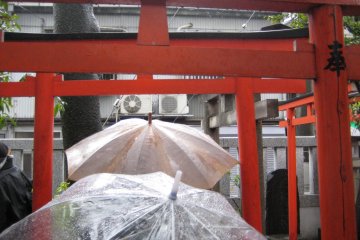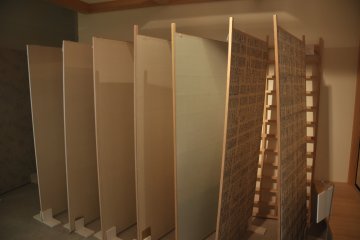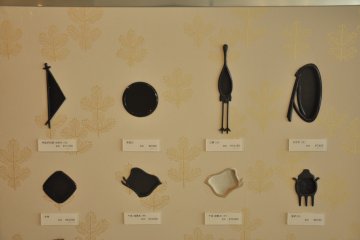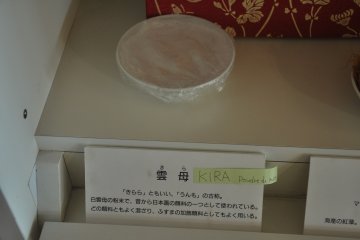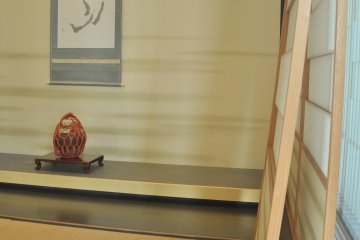Since 1690, Tokyo Matsuya Incorporated has been producing Edo-Karakami, a type of traditional Japanese paper specifically for decorative purposes. Karakami paper art was originally imported from the Tang dynasty of China. The fibrous paper is made from mulberry trees, which are very hard and durable. While karakimi was once used for fusuma, sliding doors, wallpaper, ceilings and folding screens, it is mainly now only applied to sliding doors.
Making a sliding door in the karakami style involves several steps. On the door’s wooden framework, one layer of paper after another is applied. For the first layer, paper from very old business logbooks or record books is used before harder and more decorative paper is applied. Paper quality decides the price of the slide doors. Ban Naomichi, who is working for Tokyo Matsuya Inc., can tell immediately from the texture whether the paper is handmade or not. Recently, cheaper sliding doors that imitate the authentic ones use only stacks of cardboard instead of wood as the frame, which is an extreme cost-cutting measure.
The printing of the karakami paper is achieved as the result of woodblock printing techniques, hand painting and the application of gold leaves or gold dust. Waves, flowers and clouds are some of the traditional patterns used in the printing process. Unlike normal woodblock printing, where a round weight is used to press the paper against the woodblock, a special tool called furui, a circular screen made of stretched gauze, is used for printing karakami paper. This method dates back several centuries, but is still used by the company today in several of their top-quality products.
In modern times, it is growing increasingly difficult to find sliding doors in apartments in Tokyo, mostly due to a lack of space. Only people who live in large houses have the area needed to install traditional sliding doors, or even folding screens. The market for authentic karakami furniture is therefore shrinking. Still, for those who want to own a small piece of Japanese tradition, Tokyo Matsuya Inc. stands ready to serve them. At the company’s showroom near the Ueno neighborhood of Tokyo, visitors can find a wide array of products on display. The ground floor is used for small products such as leaflets, postcards, envelopes, notebooks, fans, and paper boxes. On the upper floors, larger products such as sliding doors, printing blocks and various wallpaper designs are displayed, all waiting to become a fixture in someone’s home.




